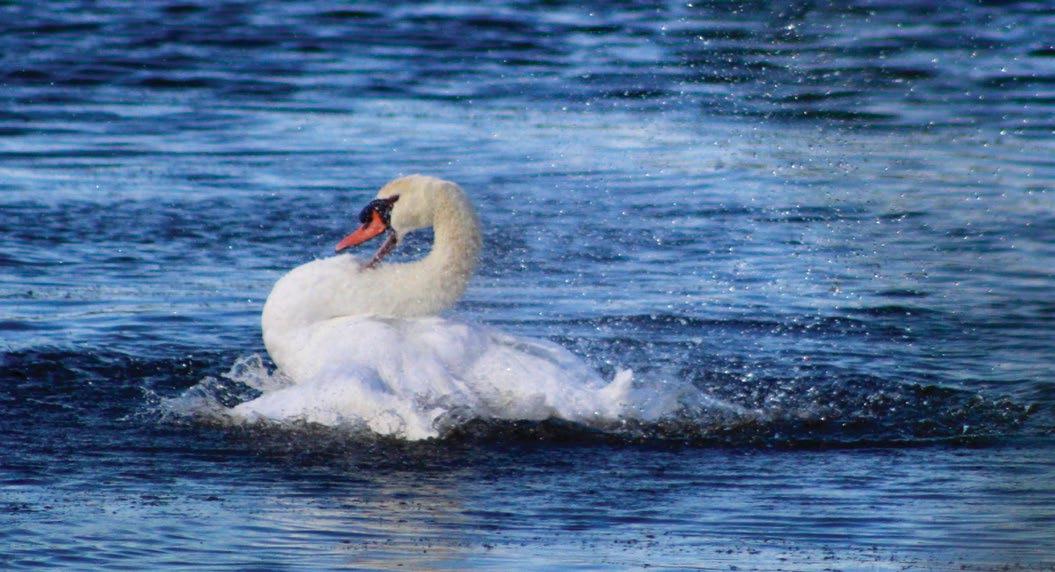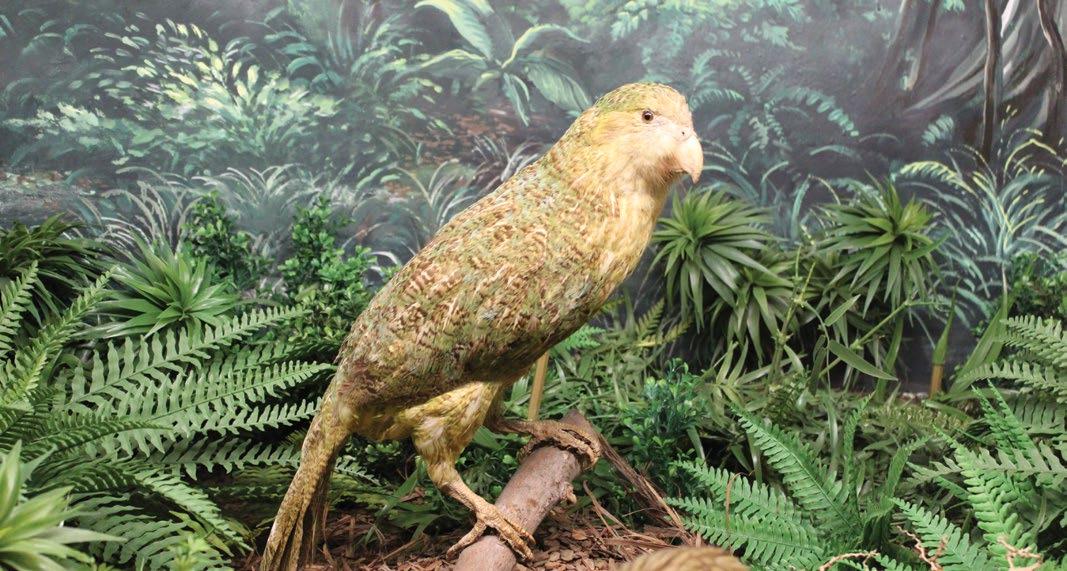
4 minute read
complete with stump seating and dry erase boards— plus three tented spaces, portable classrooms, a bird blind, and an eight-element low ropes course including a balance beam and giant swing
Photo Credits: Amanda Janusz ’21

Advertisement

Birds of a Feather Flocking Together AMANDA JANUSZ ’21 CREATES ONLINE COMMUNITY


Photo Credit: Daniel N.
“With every feather I observe and each new species I learn to identify, a little more of the natural world sharpens into focus. At the same time, the sheer intricacy of nature drives me to learn even more.” For Tatnall senior Amanda Janusz ’21, ornithology—the scientific study of birds—is more than just a hobby. “I hope to connect others to nature, one feather at a time,” she says. Since Amanda was last featured in the spring/summer 2019 issue of Tatnall Today, she has continued her impressive work. She completed an internship at the Delaware Museum of Natural History and assisted with bird banding at Bucktoe Creek Preserve. Amanda has also shared her knowledge through her job as a visitor service representative at Newlin Grist Mill Park. Following a visit to the Smithsonian Feather Identification Lab, she was invited to intern at the Smithsonian in 2021.
Most notably, however, Amanda created Found Feathers, an online community dedicated to feather identification. Members of Found Feathers use iNaturalist, a popular global citizen science platform where nature lovers can share wildlife observations and crowdsource identifications from experts. The project enabled Amanda to aggregate existing feather observations and identify each feather by species, type, sex, and age. Amanda’s hard work has not gone unnoticed. Today, there are more than 36,000 feather observations from more than 1,000 species logged from all seven continents on the Found Feathers project. “What’s even more exciting is that talented feather enthusiasts have joined me in sharing their expertise on identifications,” Amanda says. “Together we’ve inspired a community of citizen scientists to add feather identification to their birding toolbox and shed light on otherwise elusive birds.”
The Tatnall campus has also helped fuel Amanda’s passion. During her junior year, Amanda founded the Naturalist Club, which uses the school’s campus and apiary to foster
an appreciation for nature and its mental health benefits. Amanda created an iNaturalist page to record biodiversity found on campus; to date, the club has recorded 80 species. Amanda has also been able to tailor many of her academic projects to support her study of birds and feathers. “In history class, I wrote about bird conservation in New Zealand for my final project focused on global issues,” Amanda explains. “Bird conservation is not something you immediately think of as being of global importance, but its environmental consequences are profound, and I felt I was able to portray it as such. My teachers have been extremely supportive of my interest in birds.” The history project helped Amanda discover her favorite bird, the Kakapo, a critically endangered owl parrot from New Zealand. Amanda’s interests go beyond her study of birds and feathers, however. During the 2020 Delaware State Science Olympiad competition, she earned first place in Ornithology, second place in Agribio, and seventh place in Fossils. Looking ahead, she is interested in exploring new STEM opportunities while, of course, continuing Found Feathers and her study of birds. She is also keeping her options open for college. “My dream job for several years was to be a forensic ornithologist,” Amanda says. “I’ve moved towards looking into nature as a whole. When I spend time outside, I’m also drawn to insects, plants, and all of the other things that make up the ecology of an area. I would say my dream job would now include ecology but, branching even further from that, I’m also looking into engineering. I’d just love to create something that changes the world for the better in terms of sustainability and conservation.”




RESOURCES

Learn more about bird species, feathers, and the species observed by the Naturalist Club by visiting Amanda’s resources:
FOUND FEATHERS https://www.inaturalist.org/ projects/found-feathers
FOUND FEATHERS BLOG https://foundfeathers.org/

TATNALL NATURALIST CLUB https://www.inaturalist.org/ projects/tatnall-naturalist-club
WHAT IS THE KAKAPO?
Amanda’s favorite bird, the Kakapo, is a critically endangered owl parrot from New Zealand—there are only about 200 left. The world’s only flightless parrot, the Kakapo is nocturnal. It reproduces roughly once every five years—and it can live to be 100 years old!




